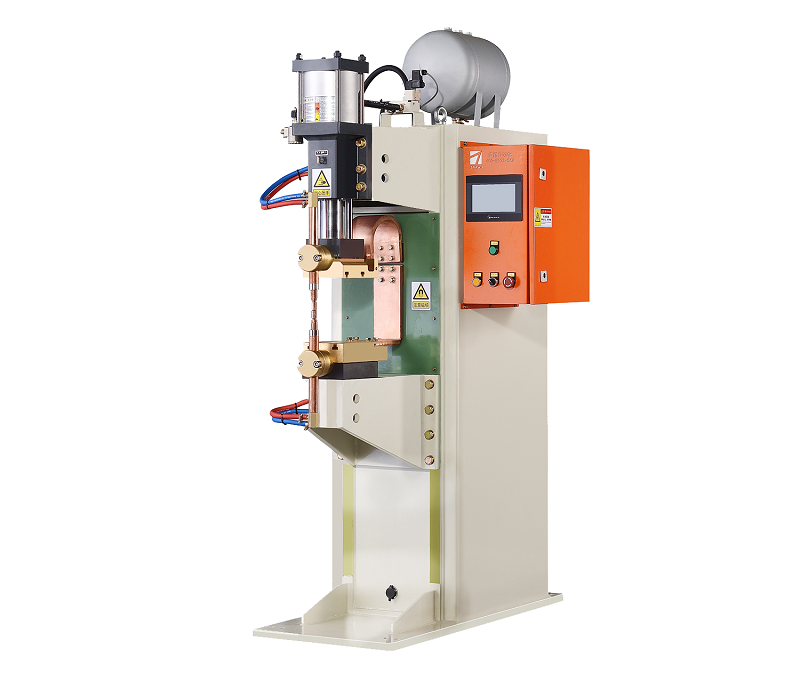What is the Intermediate Frequency Spot Welding Machine’s Forging Stage?
Intermediate Frequency Spot Welding (IFSW) machines are widely used in various industries for their efficiency and precision in joining metal components. These machines utilize high-frequency electric currents to create strong and reliable welds. One crucial stage in the operation of an IFSW machine is the forging phase. In this article, we will delve into what the forging phase entails and its significance in the spot welding process.

The Forging Phase: The forging phase in an Intermediate Frequency Spot Welding machine refers to the period during the welding process where intense pressure is applied to the metal components that are being joined. This phase usually follows the initial welding stage, where the metals are brought into contact and heated using the high-frequency electric current. Once the metals reach the desired temperature and form a molten state, the forging phase begins.
During the forging phase, a significant force is exerted onto the molten metals, causing them to merge and solidify. This force is essential to eliminate any voids or gaps between the materials, ensuring a strong and uniform bond. The pressure applied during this phase is carefully controlled to prevent excessive deformation of the components while still achieving the desired level of consolidation.
Importance of the Forging Phase: The forging phase plays a crucial role in determining the quality and integrity of the spot weld. It helps in achieving a metallurgical bond between the joined materials, resulting in welds that possess high strength and excellent mechanical properties. The pressure applied during forging aids in refining the grain structure of the welded region, which further enhances the weld’s strength.
Additionally, the forging phase contributes to the overall aesthetic of the weld by reducing the visible surface irregularities. This is particularly important in industries where the appearance of the weld matters, such as automotive manufacturing and consumer electronics.
In the realm of Intermediate Frequency Spot Welding machines, the forging phase stands as a pivotal step in the welding process. Its role in applying pressure to the molten metals and subsequently solidifying them ensures the creation of robust and durable welds. The metallurgical bond formed during this phase guarantees not only the mechanical strength of the weld but also its overall quality. As industries continue to demand stronger, more reliable, and visually appealing welds, understanding and optimizing the forging phase will remain essential for achieving exceptional welding outcomes.